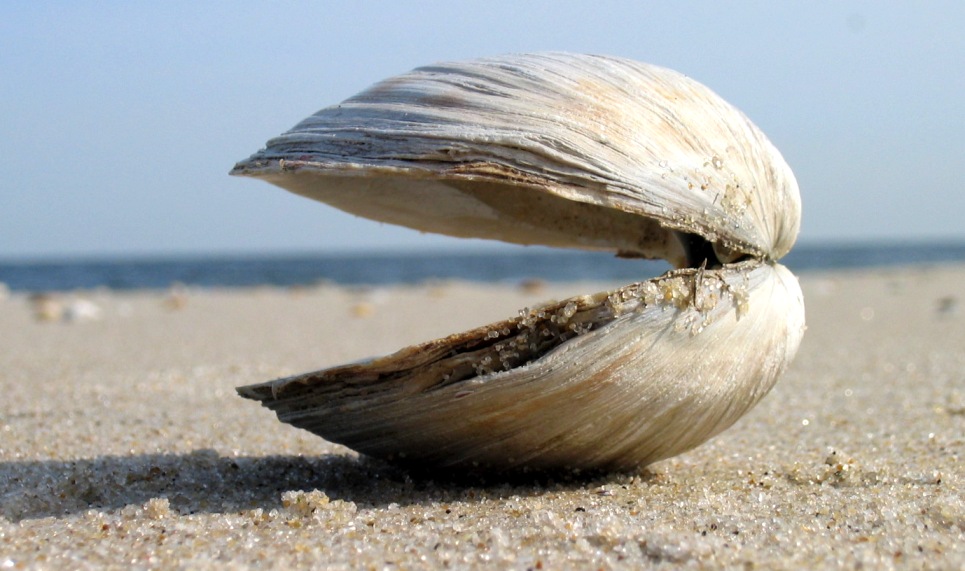|
Larkinia Multicostata
''Larkinia'' is a genus of saltwater clams in the family Arcidae, the ark clams. Species Species within the genus ''Larkinia'' include: *''Larkinia grandis ''Larkinia grandis'' is a genus of saltwater clam Clam is a common name for several kinds of bivalve molluscs. The word is often applied only to those that are edible and live as infauna, spending most of their lives halfway buried in the ...'' (Broderip & G. B. Sowerby I, 1829) *'' Larkinia multicostata'' (G. B. Sowerby I, 1833) References Arcidae Bivalve genera {{Arcidae-stub ... [...More Info...] [...Related Items...] OR: [Wikipedia] [Google] [Baidu] |
Valve (mollusc)
A valve is each articulating part of the shell of a mollusc or another multi-shelled animal such as brachiopods and some crustaceans. Each part is known as a valve or in the case of chitons, a "plate". Members of two classes of molluscs, the Bivalvia (clams) and the Polyplacophora (chitons), have valves. Species within one family of very unusual small sea snails, marine opisthobranch gastropods in the family Juliidae, also have two articulating shells or valves, which resemble those of a bivalve. This exceptional family is commonly known as the bivalved gastropods. Gastropods in general are sometimes called "univalves", because in those that have a shell, the shell is usually in one part. Chitons The valves of chitons are eight dorsal, articulated shell plates, which are frequently coloured and sculpted. After death the girdle that holds the plates together disintegrates and the plates separate. Thus individual plates can be found washed up in beach drift, as shown i ... [...More Info...] [...Related Items...] OR: [Wikipedia] [Google] [Baidu] |
Larkinia Grandis
''Larkinia grandis'' is a genus of saltwater clam Clam is a common name for several kinds of bivalve molluscs. The word is often applied only to those that are edible and live as infauna, spending most of their lives halfway buried in the sand of the seafloor or riverbeds. Clams have two sh ...s in the family Arcidae, the ark clams. Description Shell of ''Larkinia grandis'' can reach a diameter of about and a height of about . These shells are white, with 26 ribs and a dark, smooth periostracum.Angeline Myra KeeSea Shells of Tropical West America: Marine Mollusks from Baja California to PeruStanford University Press, 1971, s. 1064. . Distribution This species is present in the North Pacific Ocean (Mexico, El Salvador, Peru, Gulf of California). References Arcidae Bivalves described in 1829 {{Arcidae-stub ... [...More Info...] [...Related Items...] OR: [Wikipedia] [Google] [Baidu] |
Clam
Clam is a common name for several kinds of bivalve molluscs. The word is often applied only to those that are edible and live as infauna, spending most of their lives halfway buried in the sand of the seafloor or riverbeds. Clams have two shells of equal size connected by two adductor muscles and have a powerful burrowing foot. They live in both freshwater and marine environments; in salt water they prefer to burrow down into the mud and the turbidity of the water required varies with species and location; the greatest diversity of these is in North America. Clams in the culinary sense do not live attached to a substrate (whereas oysters and mussels do) and do not live near the bottom (whereas scallops do). In culinary usage, clams are commonly eaten marine bivalves, as in clam digging and the resulting soup, clam chowder. Many edible clams such as palourde clams are ovoid or triangular; however, razor clams have an elongated parallel-sided shell, suggesting an old-fa ... [...More Info...] [...Related Items...] OR: [Wikipedia] [Google] [Baidu] |
Larkinia Multicostata
''Larkinia'' is a genus of saltwater clams in the family Arcidae, the ark clams. Species Species within the genus ''Larkinia'' include: *''Larkinia grandis ''Larkinia grandis'' is a genus of saltwater clam Clam is a common name for several kinds of bivalve molluscs. The word is often applied only to those that are edible and live as infauna, spending most of their lives halfway buried in the ...'' (Broderip & G. B. Sowerby I, 1829) *'' Larkinia multicostata'' (G. B. Sowerby I, 1833) References Arcidae Bivalve genera {{Arcidae-stub ... [...More Info...] [...Related Items...] OR: [Wikipedia] [Google] [Baidu] |

